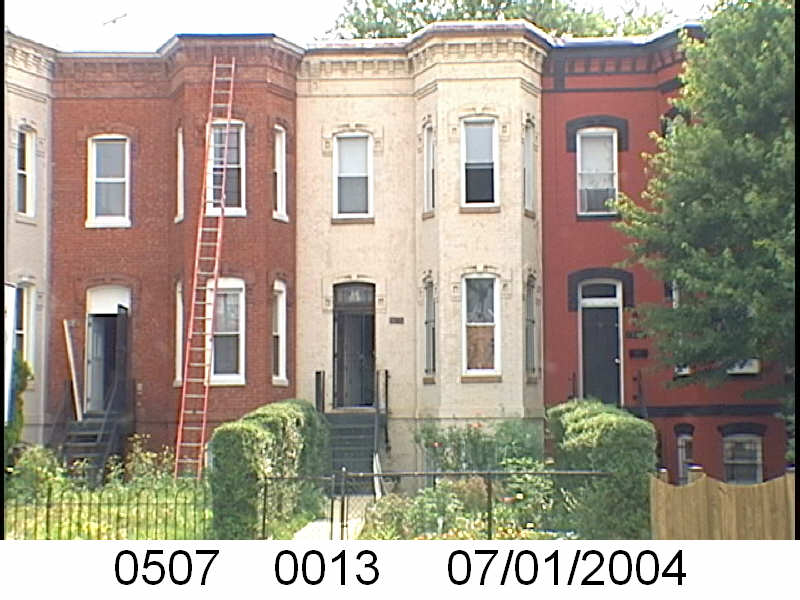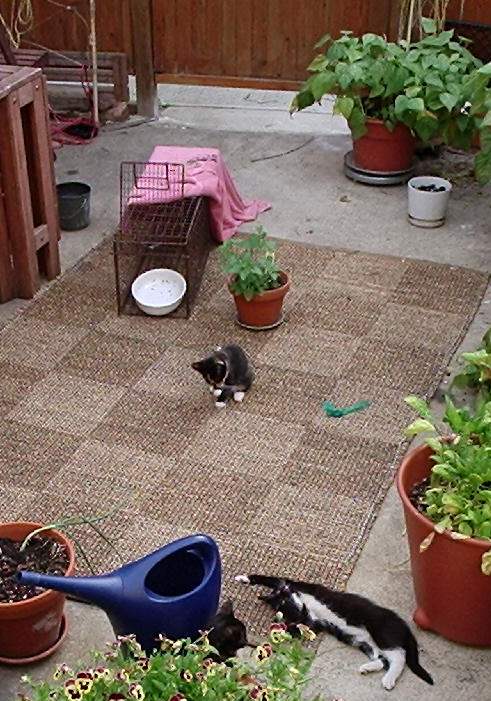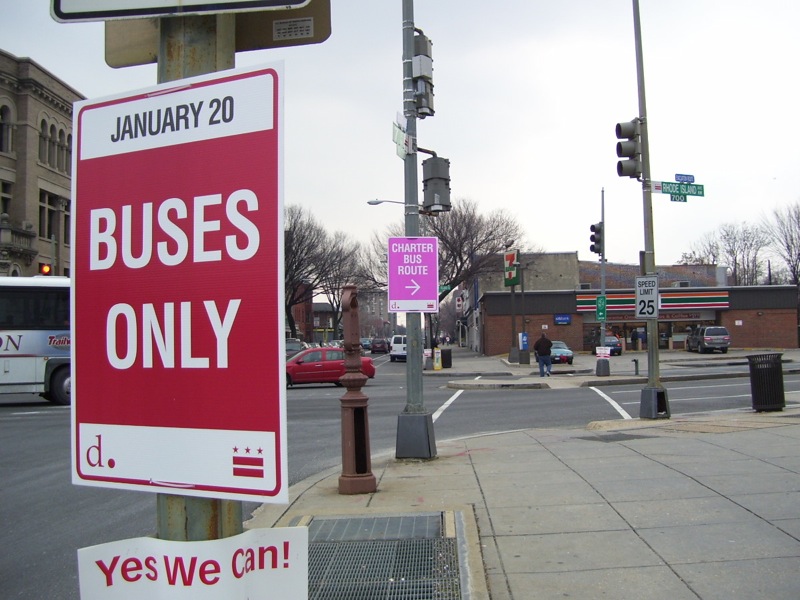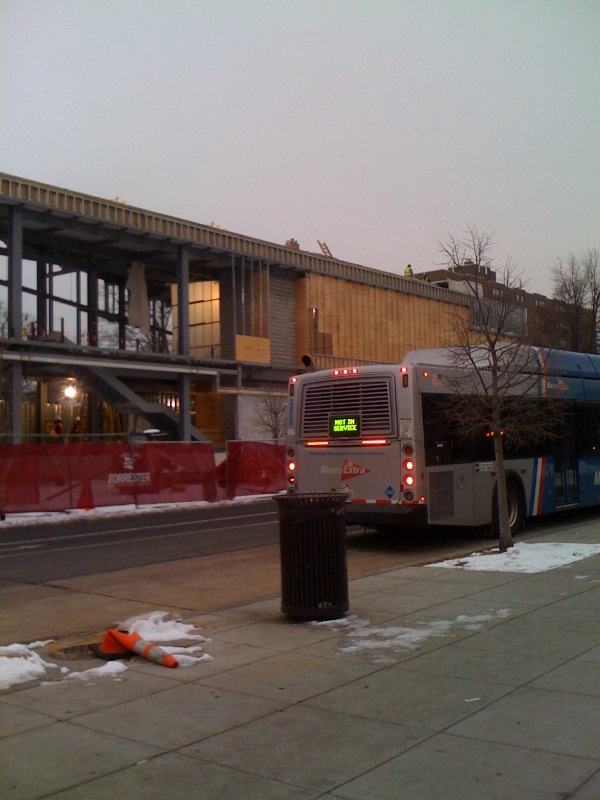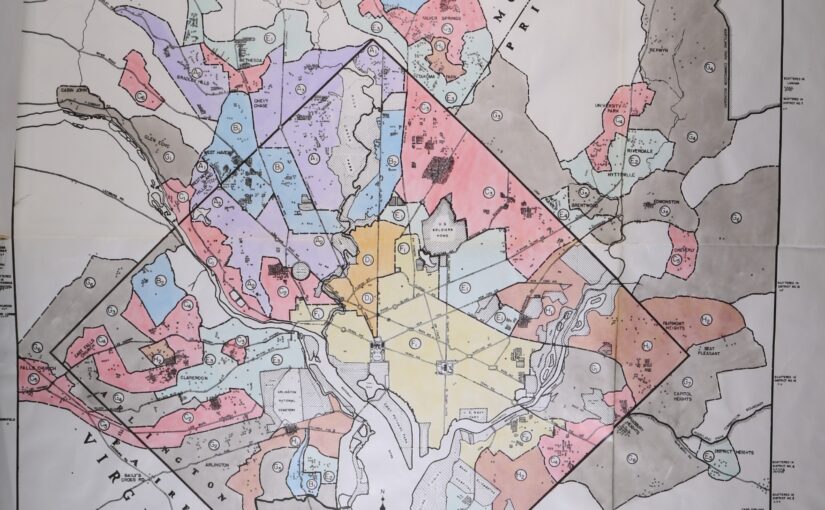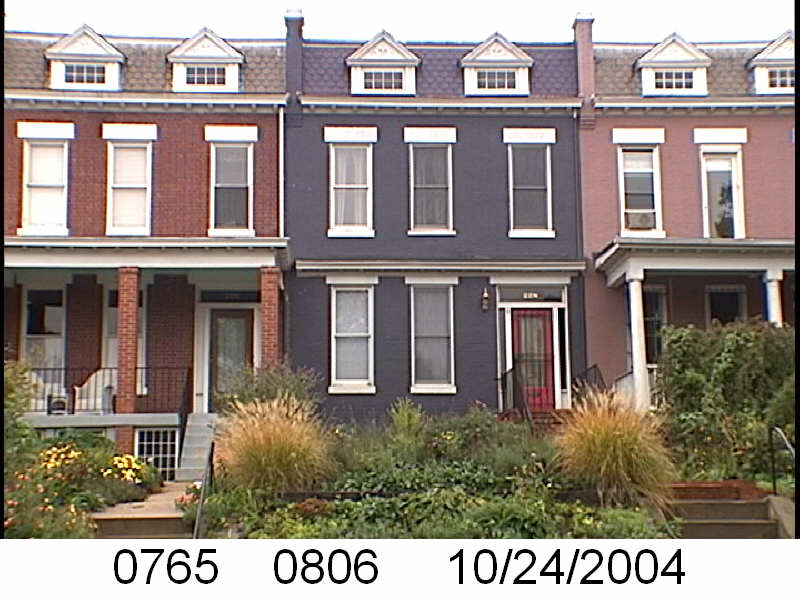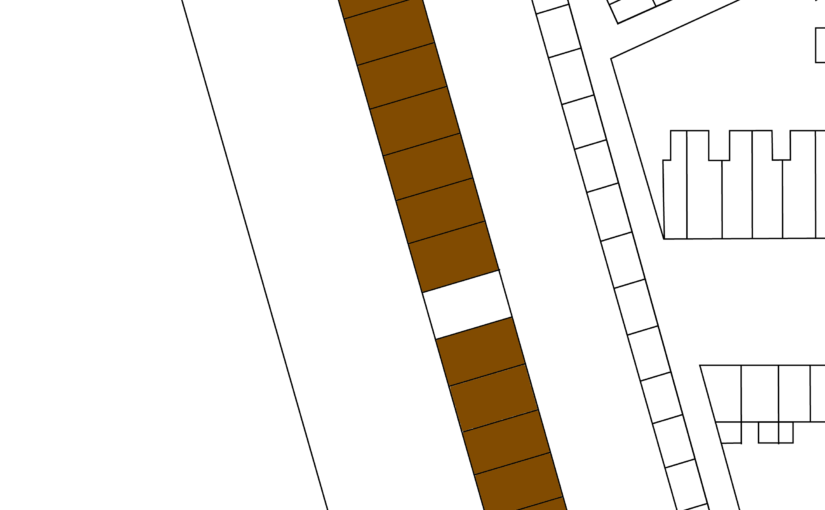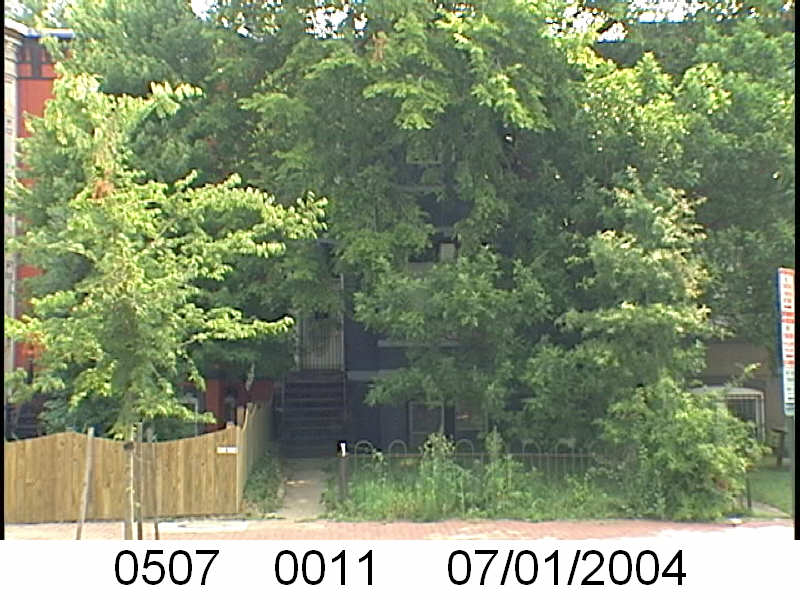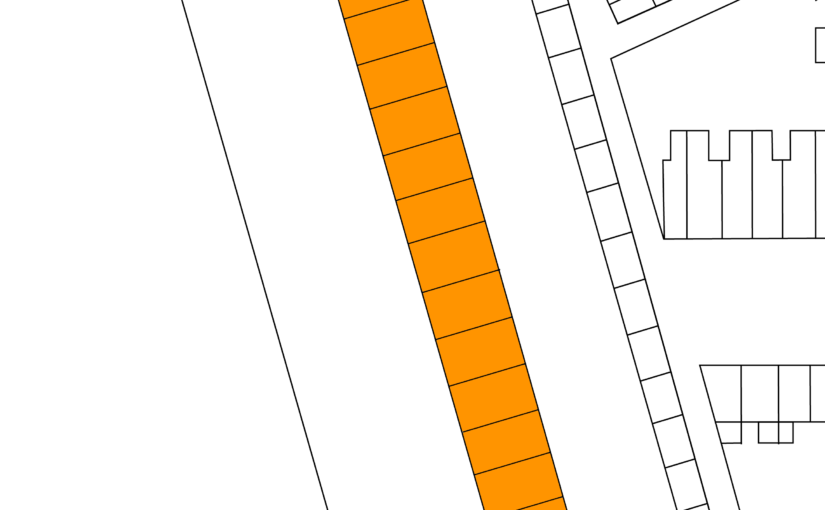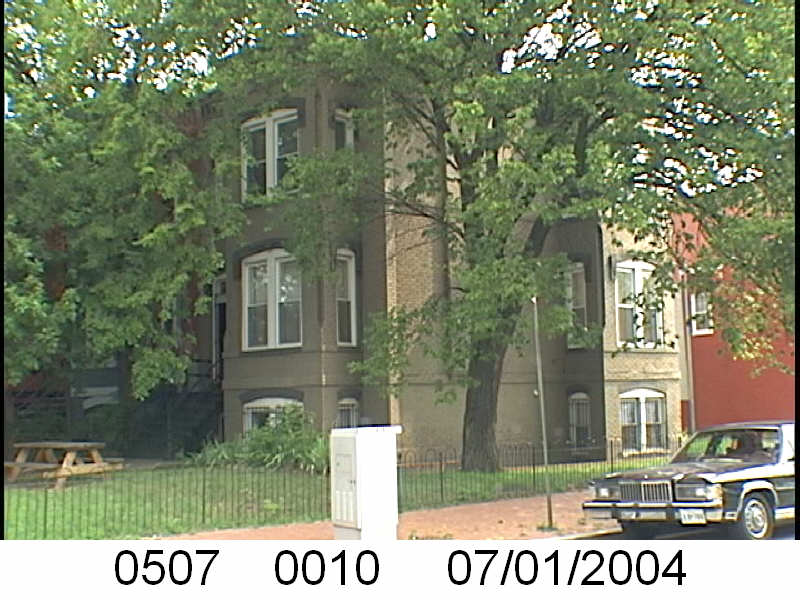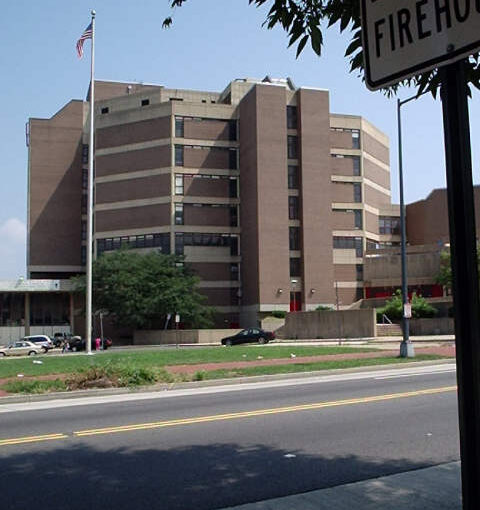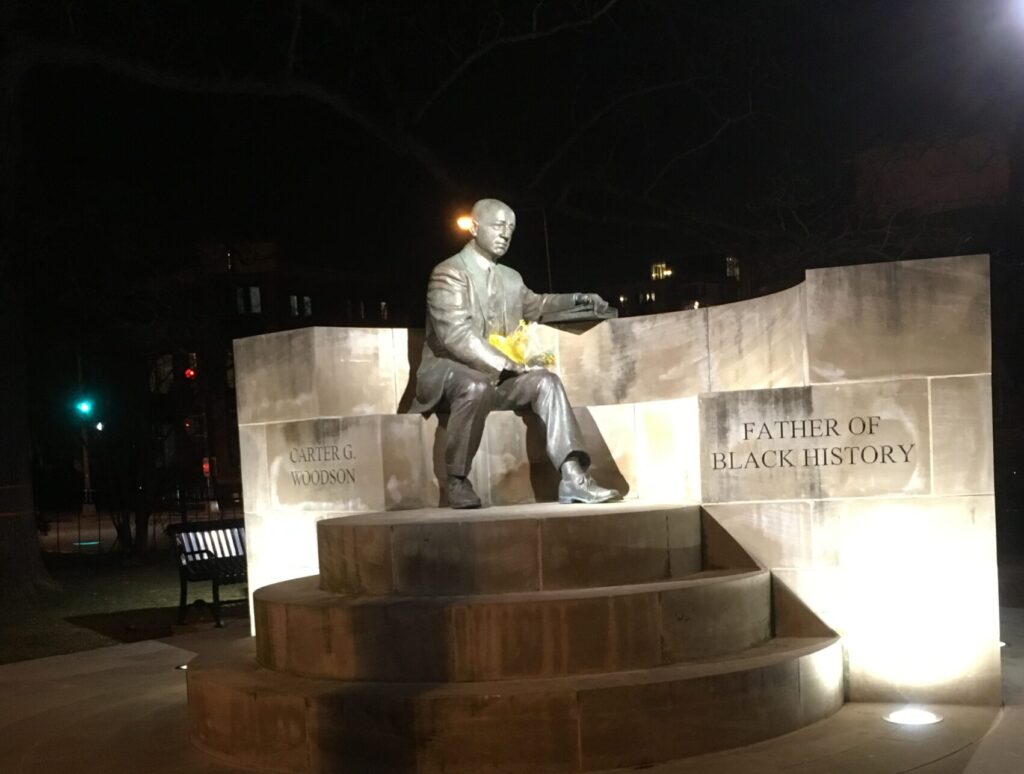So I noticed a difference between the 1920 census and the 1930 census. In 1920 the odd numbered side of the 1700 block of New Jersey Ave NW was 100% white. In the 1930 census it was 100% black, as part of the trend happening in Truxton Circle changing the neighborhood from a relatively mixed neighborhood into one that was majority African American.
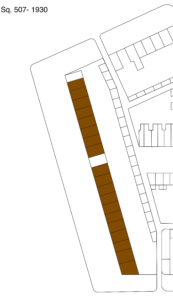
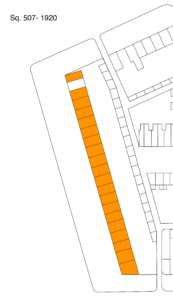
I had all sorts of theories, but never gave it much thought because there were other histories in the neighborhood to pursue.
Now that I am finally getting around to taking a closer look, I see a similarity to the 1950s sell off of the Washington Sanitary Improvement Company rental houses. Those houses were the last hold out where white residents lived and when they went up for sale those renters moved on. It also appears, and the problem relates to the DC Recorder of Deeds and when their records start, that there was single lender who made it possible for African American home buyers to buy.
Searching the Library of Congress’ Chronicling America for DC related post for one NJ Av address revealed the name of M. Harvey Chiswell as the seller. Searching for M. Harvey Chiswell on the LC’s site was disappointing. Let’s blame crappy OCR.
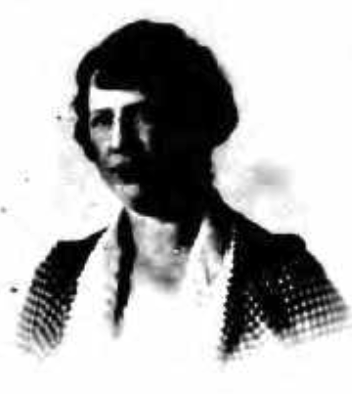
So I looked up in Ancestry who was M. Harvey Chiswell (1889-1952). Well apparently that “M” is for Mary. In the city directory around for her and she was a bookkeeper. In the 1940 census she was listed as a secretary and treasurer for an insurance company. I see how she could be in the position to facilitate loans and real estate sales.
Around July 1920 M. Harvey Chiswell purchased 1707-1715 New Jersey NW (lots 14-17) from Charles W. and Amy S. Richardson; 1717-1721 New Jersey Ave NW (lots 18-20) from Ella S. Du Bois; 1725-1731 New Jersey Ave NW (lots 22-25); 1733-1741 New Jersey Av NW (lots 26-30) from Mason N. and Ada F. Richardson, bringing that whole section of NJ Ave under one name, hers.
There was an announcement in the August 28, 1920 Evening Star to repair 1701-1741 New Jersey Ave NW by H. A. Kite.
1701 NJ Ave NW (Sq. 507 lot 10) was sold to Grace L. Jackson around September 1920 based on a deed of trust between her, W. Wallace Chiswell, H.A. Kite for $4,100 at 6%, secured by M. Harvey Chiswell.
1703 NJ Ave NW (Sq. 507 lot 11) was sold to Amelia Green by M. Harvey Chiswell around December 1920.
1707 NJ Ave NW (Sq. 507, lot 13) sold to Susie J.R. Johnson by M. Chiswell around October 1920.
1709 NJ Ave NW (Sq. 507, lot 14) sold to Julia G. Holland by M. Harvey Chiswell around September 1920. She also had a loan/ deed of trust between her W. Wallace Chiswell, H.A. Kite for $2,800 at 6%, secured by M. Harvey Chiswell.
1711 NJ Ave NW (Sq. 507, lot 15) sold to Maria Jones by M. Harvey Chiswell around October 1920.
1713 NJ Ave NW (Sq. 507, lot 16) sold to Frank E, Smith by M. Harvey Chiswell around October 1920.
1715 NJ Ave NW (Sq. 507, lot 17) sold to Fred H.. Seeney et. ux. Hester based on a deed of trust between the Seeneys, W. Wallace Chiswell, H.A. Kite for $2,800 at 6%, secured by M. Harvey Chiswell.
1717 NJ Ave NW (Sq 507, lot 18) sold to Mayo J. Scott et. ux. Sarah by M. Harvey Chiswell around October 1920.
1719 NJ Ave NW (Sq. 507, lot 19) sold to William H, Randall et. ux. Katie by M. Harvey Chiswell around October 1920.
1721 NJ Ave NW (Sq. 507, lot 20) according to a June 1926 release from a loan with W. Wallace Chiswell, H.A. Kite, Mary L. Tancil purchased the property September 25, 1920.
1725 NJ Ave NW (Sq. 507, lot 22) sold to George B. and Alice Oliver by M. Harvey Chiswell around October 1920.
1727 NJ Ave NW (Sq 507, lot 23) based on a February 1924 release from a loan with W. Wallace Chiswell, H.A. Kite, Addie E. Webb purchased the property February 15, 1921.
1729 NJ Ave NW (Sq. 507, lot 24) sold from M. Harvey Chiswell to Ida M. Smith then to Arthur B. Wall around February 1921.
1731 NJ Ave NW (Sq. 507, lot 25) sold to Salvadora E. Smith by M. Harvey Chiswell around October 1920.
1733 NJ Ave NW (Sq. 507, lot 26) based on a July 1926 release from a loan with W. Wallace Chiswell, Harry A. Kite, James A. and Coralie Whitehead purchased the property November 1, 1920.
1735 NJ Ave NW (Sq. 507, lot 27) based on a January 1925 release from a loan with W. Wallace Chiswell, Harry A. Kite, Mary S. and Milton C. Keasley purchased the property October 20, 1920.
1737? NJ Ave NW (Sq 507, lot 28) sold to James L. and Mary C. Johnson around September 1920, based on a deed of trust between the Johnsons, W. Wallace Chiswell, H.A. Kite for $2,900 at 6%, secured by M. Harvey Chiswell.
1739 NJ Ave NW (Sq. 507, lot 29) based on an October 1923 release from a loan with W. Wallace Chiswell, Harry A. Kite, John Holmes Jr. purchased the property September 23, 1920.
I have not reviewed all the houses along NJ Avenue to determine if the buyers mentioned above are the 1930s African American home owners. I do see some familiar names.

